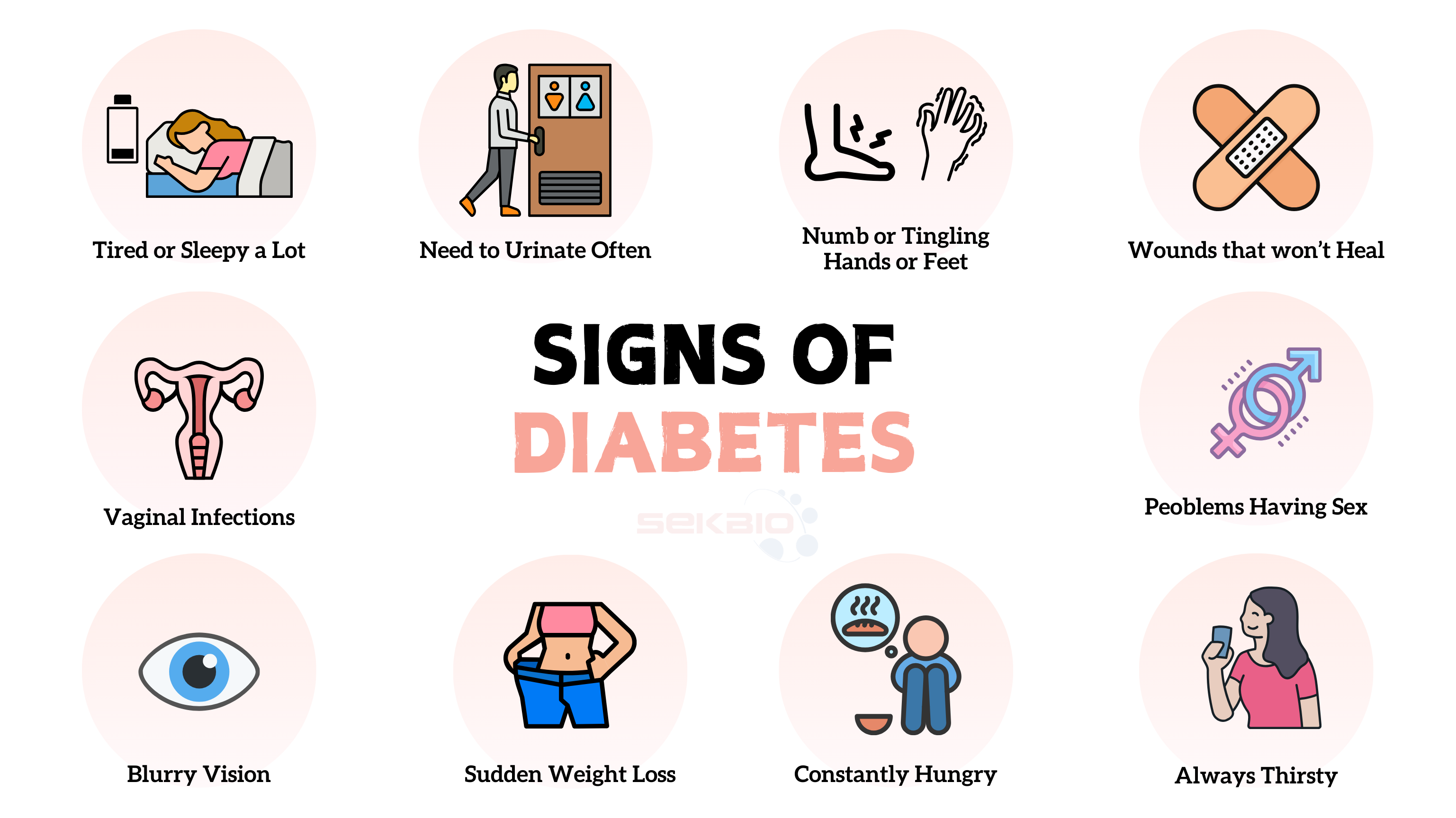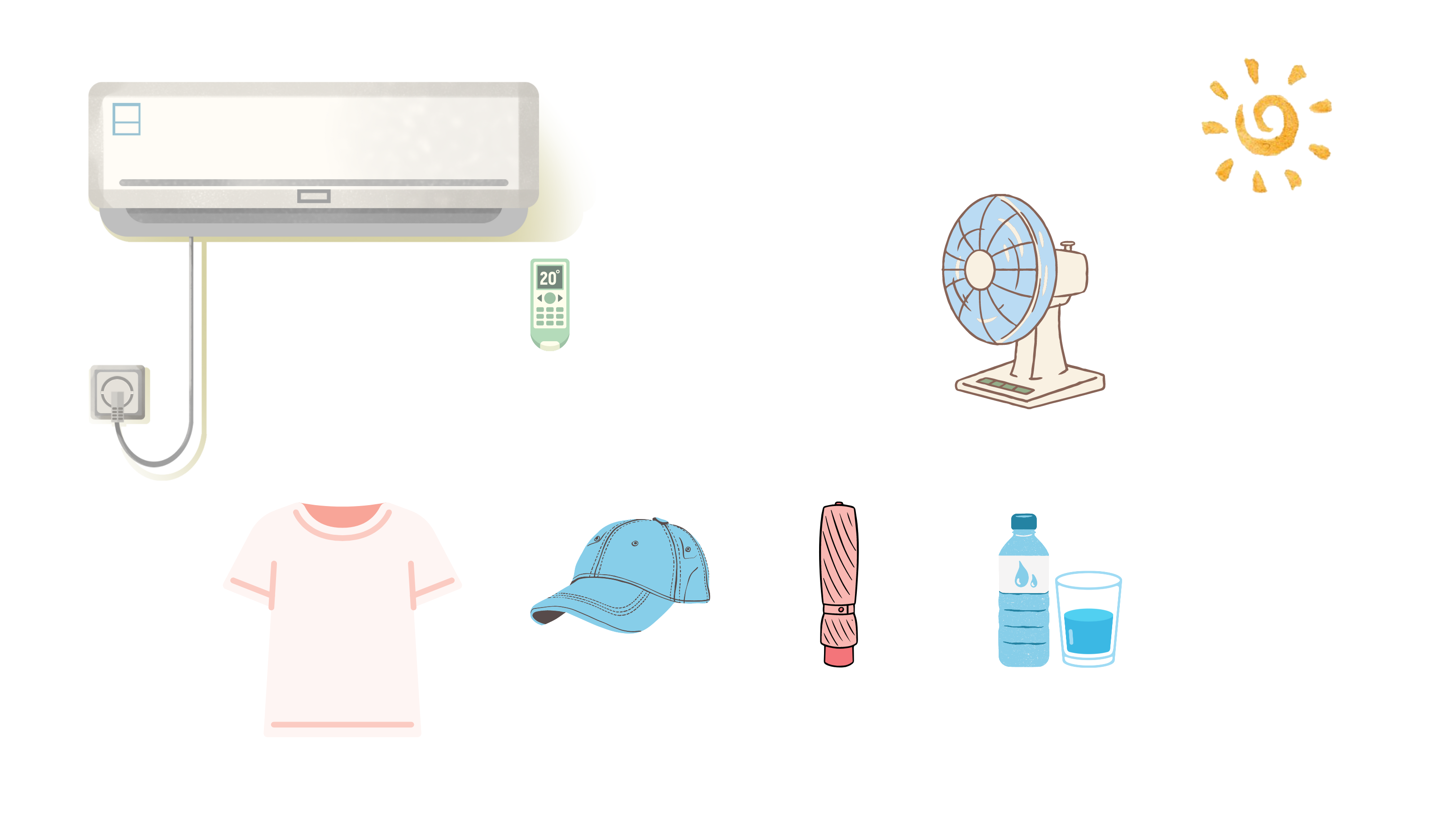Heatwave Alert: Beware of Heatstroke, Mortality Rate Can Reach Up to 80%
An international study published in The Lancet Planetary Health highlights that over 5 million deaths annually are linked to abnormally cold or hot weather caused by climate change. Globally, 9.4% of all deaths can be attributed to "non-optimal" temperatures.
The study, led by Monash University in Australia and Shandong University in China, used data from 750 locations across 43 countries and regions. Results showed that, over the past 20 years, deaths due to extreme cold were higher than those due to extreme heat. However, cold-related deaths decreased by 0.51%, while heat-related deaths increased by 0.21%.
Specifically, globally, there are 5,083,173 deaths annually (95% eCI 4,087,967–5,965,520) related to non-optimal temperatures, including 4,594,098 cold-related deaths (3,337,222–5,640,617) and 489,075 heat-related deaths (304,216–732,518). Not all regions are equally affected; Eastern Europe has the highest excess mortality due to heat, while sub-Saharan Africa has the highest excess mortality due to cold.
Although more people die from extreme cold, the number of cold-related deaths is decreasing, while heat-related deaths are on the rise. High temperatures can trigger multiple diseases, including cardiovascular issues, with heatstroke being the most common and severe condition.
What is Heatstroke?
Heatstroke is the most severe form of heat illness, occurring when the body's temperature regulation fails, sweat glands are overworked, and excessive loss of water and electrolytes occur.
Types of Heatstroke
Heatstroke can be classified into three categories based on clinical severity: heat cramps, heat exhaustion, and heatstroke.

Why is Heatstroke Fatal?
When heatstroke develops, it becomes extremely dangerous, with a high mortality rate ranging from 20% to 70%, and up to 80% in patients over 50 years old. Heatstroke is characterized by a high body temperature (above 41°C) and altered mental status. There are two types of heatstroke: exertional and non-exertional. Exertional heatstroke occurs in individuals performing strenuous activities in high heat and humidity, while non-exertional heatstroke affects the elderly and those with chronic illnesses under prolonged high temperatures and poor ventilation.
Symptoms and Emergency Response
Heatstroke causes a sudden rise in core body temperature, leading to central nervous system and circulatory dysfunction, resulting in high fever and coma. Immediate medical intervention is crucial.
What to Do When Someone Has Heatstroke?
First, check if the person is experiencing high fever and altered consciousness. Move them to a cool, well-ventilated area, and use fans or air conditioning. Cool their body with ice packs on the neck and groin or ice water wipes. In severe cases, call emergency services (120) and transport the patient to a hospital's emergency department. Severe heatstroke requires professional medical treatment.
High-Risk Groups for Heatstroke
1. Individuals performing heavy labor or intense exercise in high temperatures without proper cooling measures.
2. Those who are obese, malnourished, elderly, or have chronic diseases in high temperatures and poorly ventilated environments.

Preventing Heatstroke
1. Wear loose, light-colored, breathable clothing and a hat to protect the head from the sun.
2. Minimize outdoor activities during hot weather, especially from 11 a.m. to 3 p.m. If unavoidable, take frequent breaks in shaded areas.
3. Install cooling equipment like air conditioners and fans to improve living conditions. Proper use of air conditioning can significantly reduce the risk of heatstroke, especially for the elderly and chronically ill.
4. Stay hydrated and maintain electrolyte balance by drinking water and sports drinks, especially after heavy sweating.
Related Immunoassays
- Cardiac Markers
-
Tumor Marker
-
PGII
-
G17
- CA50
-
CA125
- CA242
-
CA15-3
- CA19-9
- CA72-4
-
Pepsinogens I (PGI)
-
Human Epididymis 4 (HE4)
- Prostate-Specific Antigen (PSA)
- Squamous Cell Carcinoma (SCC)
- Neuron-Specific Enolase (NSE)
- Cytokeratin 19 Fragment (CYFRA21-1)
- Human Progastrin-releasing Peptide (ProGRP Tumor Marker)
- Protein Induced by Vitamin K Absence or Antagonist-II (PIVKA II Tumor Marker)
- Alpha-fetoprotein(AFP)
-
CEA
-
Human Chitinase 3-like 1
-
PGII
- Inflammatory Marker
- Infectious Disease
- Hormones
- Thyroid Function
- Glucose Metabolism
- Bone Marker
- Others
-
Heterophilic Blocking Reagent
- Animal Diagnostics

















